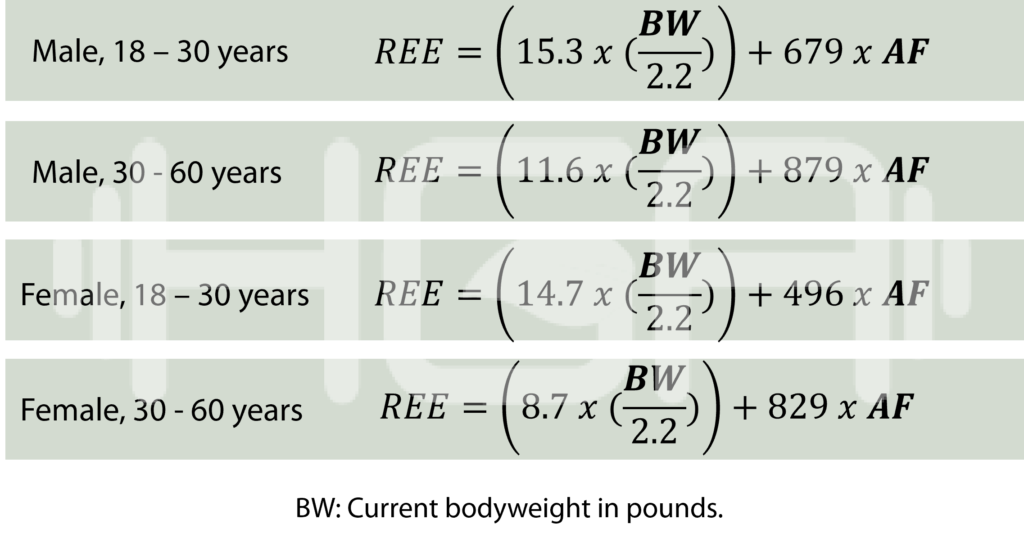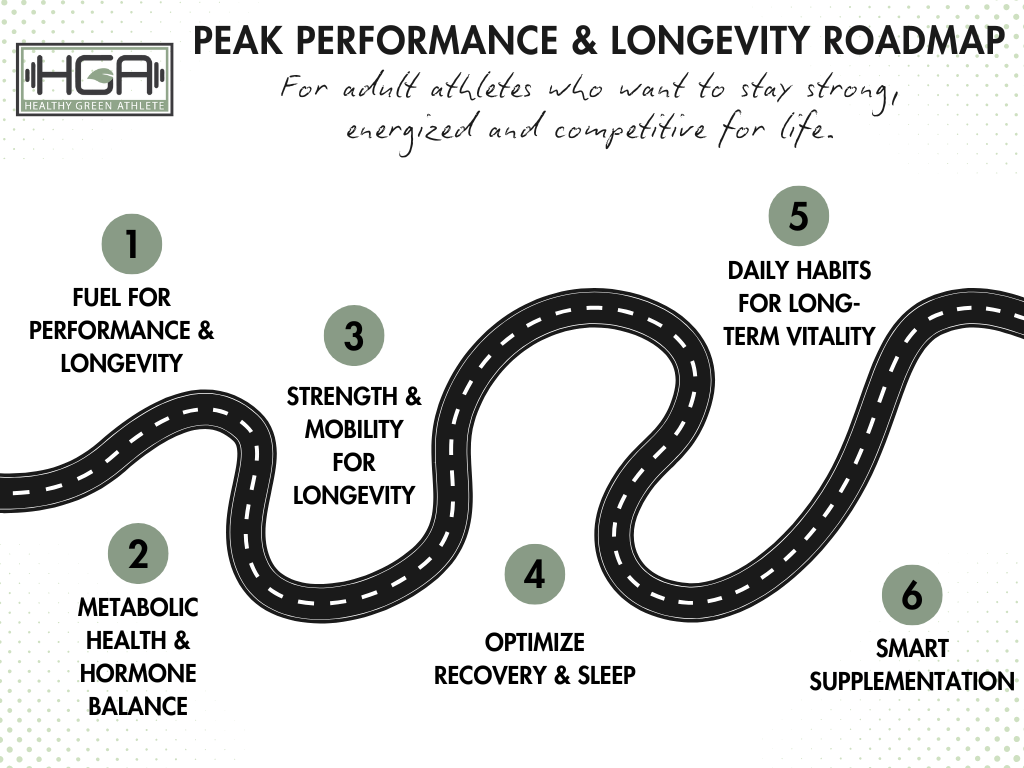The number of total calories that an athlete needs to support optimum health and performance varies based on age, gender, activity level, and metabolism. Males generally need a higher daily calorie intake than females, and adult athletes generally need less calories than youth athletes.
Athletes have a higher energy demand than non-athletes and therefore will require a higher daily calorie intake to support this demand. The type of sport or activity that you participate in and the demands of training and competing will influence how many calories are needed day to day. Generally, less total calories are needed on rest days than on heavy training days unless your rest day is also a carb loading day in preparation for an endurance event or competition that requires you to be active for more than 2 hours.
Also Read: 5 pillars of nutrition for all athletes
In order to determine an appropriate macronutrient ratio (i.e. how many calories should come from fats, carbs and proteins), you’ll first need to determine your daily calories needs. Using the appropriate sports nutrition formula below, you can determine a range of total daily calories needed by calculating your resting energy expenditure (REE). The lower end of the range would be an appropriate estimate of calories to consume on rest days, while the upper end of the range would be most appropriate for heavy training or long competition days.
Also Read:10 Effective Core Exercises for Athletes
An activity factor (AF) is the multiplier which determines the level of activity for that day. An AF of 1.6 would be used to determine calorie needs on a rest day. An AF of 2.4 would be used to determine the calorie needs on a heavy/intense training or competing day.

As an example, a 32-year old 150 pound female endurance athlete should consume between 1920 and 2583 calories per day. On rest days her total daily calorie needs are 1920 calories, and on a long run or race day her daily calorie needs are 2583 calories. These numbers can be adjusted based on her body composition goals but they serve as a general starting point to determine whether she is eating enough to fuel her activity or eating a surplus of calories which could result in weight gain. If her goal is to gain muscle mass then she may need to another 300-500 calories per day on top of these ranges (mostly in the form of protein). If her goal is to lose body fat, then she may need to consume 300-500 less calories (in the form of carbohydrates and/or fats) per day.
Also Read: 7 Factors that Influence Adult Athlete Body Composition
Once you’ve calculated your total calorie range, you can begin to estimate how many total calories to consume on different types of activity days. From there, you can calculate your ideal macronutrient ratios which depend on a variety of other factors. To learn how to identify and calculate your ideal macronutrient ratio, click here.













